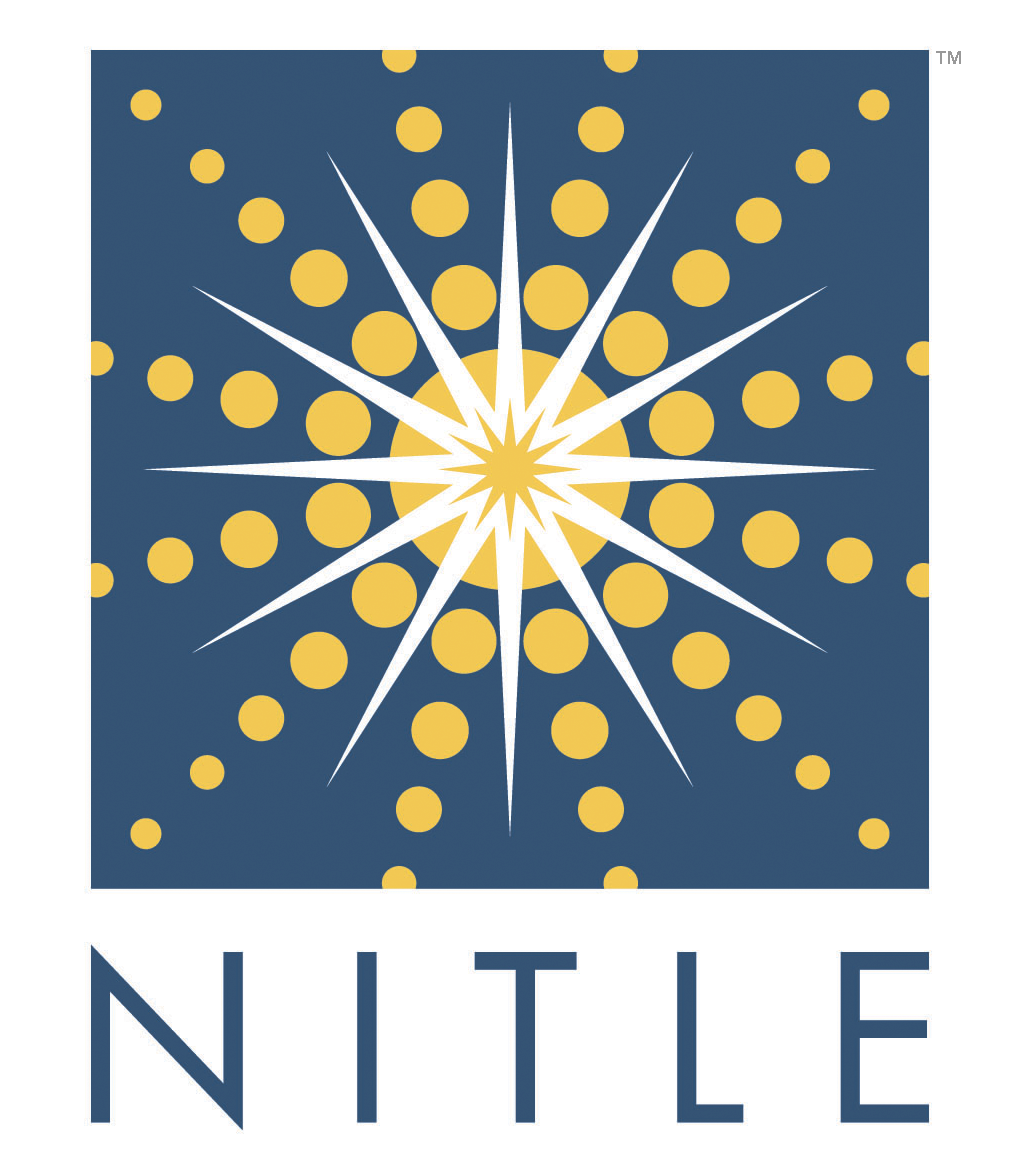More epigraphical adventures in Google Books . . .

From the library of Francis Kelsey, author of a fine school edition of the Gallic War (1918 edition) comes a thorough publication of a set of curse tablets that came into the possession of the Department of Classical Archaeology of The Johns Hopkins University in 1908 (after the publication of Audollent’s Defixionum Tabellae), apparently found near Rome.
William Sherwood Fox, The Johns Hopkins Tabellae Defixionum. Baltimore: The Johns Hopkins Press, 1912. http://bit.ly/T70r9o
Here is a taste:

“A quartan fever, a tertian fever, every day, may they wrestle with her, overpower her, vanquish her, conquer her, until they steal away her life. And so I hand over this victim to you, Proserpina, or if I, Proserpina, or if I should call you Acherusia. Please send me to summon the three-headed dog to steal Avonia’s heart . . .”
Henry Martin, Notes on the Syntax of the Latin Inscriptions Found in Spain. Baltimore: J.H. Furst, 1909. http://bit.ly/Xj12IR or here at the Internet Archive http://archive.org/details/cu31924029794470
This book will be a delight to all those who suspect that the grammatical rules of classical Latin were not really followed by ordinary people. They often were not, and Mr. Martin gives a detailed survey of syntactical and grammatical peculiarities to be found in inscriptions from Spain.

The use of the genitive in Spanish Latin, for example, “often appears to indicate ignorance on the part of the writer of the idiomatic Latin turn or to be his method expressing an idea in the fewest possible words without reference to clearness.” (p. 13) Think that’s snarky? Just wait till you get to the part about pronouns.
W.M. Lindsay, Handbook of Latin Inscriptions Illustrating the History of the Language. Boston: Allyn and Bacon, 1897. http://bit.ly/U4X1DX
Written by the titan of early Latin studies from the turn of the 20th c., the editor of Plautus and Festus, this book has all sorts of goodies, treated with an eye to archaic or vulgar Latin features.

“While I am Vitalis and still alive, I have made a tomb. And I read my verses (on my own tomb) as I pass by. I carried letters all around the region on foot, and with my dogs I hunted rabbits and also wolves. Later, I enjoyed drinking the contents of my wine cup. I did many things like a young man, because I am going to die. Any wise young man should build a tomb for himself while still alive.”

–Chris Francese

